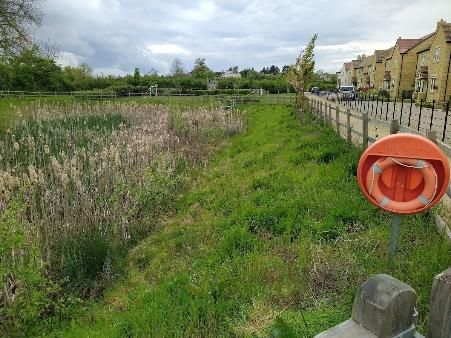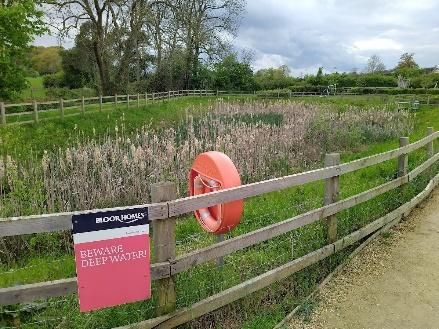Witney Infrastructure Neighbourhood Group
4.4 Overlap between major infrastructure and community infrastructure needs.
In the opening section of this appendix, the potential for overlap was outlined. To explain this more fully, it is easiest to consider two specific examples:
-
The NDR is an essential element of the major infrastructure for highways that is to be provided as part of North Witney SDA. It is also part of the highway network within the development making it a community infrastructure element as well. The NDR will therefore have to cater for a high volume of traffic including a proportion of HGVs as well as providing the access routes in and out of the development for residents. To meet both requirements, the NDR cannot simply be an estate road inside a housing development. It must be part of the perimeter road system around Witney with comparable specification to existing perimeter roads such as Jubilee Way and Deer Park Road. It cannot have any on-street parking or properties that face onto the road. Access to all properties must be from the smaller roads within the development.
-
The provision of attenuation ponds forming part of the flood control system is outlined in Appendix 3. As such they are major infrastructure elements, but they will be sited within the development and close to houses and play areas where they will be seen as community infrastructure elements. Many local residents, attending presentations by the developer to explain the likely content of the development, raised concerns about the safety of these ponds. To address these concerns the ponds must be fenced off to restrict access by children.

An attenuation pond in a recently constructed housing development near the Long Hanborough station provides a good example.

This pond is planted as a reed bed and serves two functions – cleaning water that flows through it, and retaining a volume of water during flood conditions that will subsequently flow more slowly into the river.
These overlaps, and others that will arise, must be considered to find solutions that match major and community infrastructure needs. In this report, WING has chosen to deal with the major infrastructure elements in Appendices 1–3 and to use Appendix 4 to deal with elements that clearly form part of community infrastructure. But care will be needed to ensure that potential overlaps are not overlooked.